You are here
Old Nis ancient settlement.
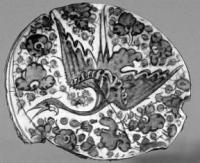
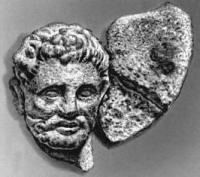
Excursion to ancient settlement Old Nis.
"isa was the capital of the Parthian Empire, which dominated this region of central Asia from the mid IIIrd century B.C.E to the early IIIrd century CE. As such it formed a barrier to Roman expansion, whilst at the same time serving as an important communications and trading centre, at the crossroads of north-south and east-west routes. Its political and economic power is well illustrated by the surviving remains, which underline the interaction between central Asian and Mediterranean cultures. Criterion (ii): Nisa is situated at the crossroads of important commercial and strategic axes"
Online travel agency Silk Road Adventures.
The Parthian Fortresses of Nisa consist of two tells of Old and New Nisa, indicating the site of one of the earliest and most important cities of the Parthian Empire, a major power from the mid III3rd century BC to the IIIrd century AD.
They conserve the unexcavated remains of an ancient civilization which skilfully combined its own traditional cultural elements with those of the Hellenistic and Roman west. Archaeological excavations in two parts of the site have revealed richly decorated architecture, illustrative of domestic, state and religious functions.
Situated at the crossroads of important commercial and strategic axes, this powerful empire formed a barrier to Roman expansion while serving as an important communication and trading centre between east and west, north and south.
History of the Nisa is connected by the closest image a history of Parthian power. In the IV century B.C. when the empire of Ahemenidov has failed under impacts of armies Alexander the Great, the independent states Bactrias, Parthia and Khoresm were formed.
Nisa was the capital of the Parthian Empire, which dominated this region of central Asia from the mid IIIrd century B.C.E to the early IIIrd century CE. As such it formed a barrier to Roman expansion, whilst at the same time serving as an important communications and trading centre, at the crossroads of north-south and east-west routes.
Its political and economic power is well illustrated by the surviving remains, which underline the interaction between central Asian and Mediterranean cultures. Criterion (ii): Nisa is situated at the crossroads of important commercial and strategic axes.
The archaeological remains vividly illustrate the significant interaction of cultural influences from central Asia and from the Mediterranean world. Criterion (iii): The Parthian Empire was one of the most powerful and influential civilizations of the ancient world, and a brilliant rival of Rome which prevented the expansion of the Roman Empire to the east. Nisa, the capital of the Parthian Empire, is the outstanding symbol of the significance of this imperial power.
The integrity and authenticity of the property, and also of the surrounding landscape, in terms of the size of the two tells and the siting of the capital at the foot of the Kopet-Dag mountains, are unquestionable.
The two tells do not in any sense represent the original appearance of the Parthian capital, but their present appearance is due solely to natural erosion. The site is gazetted as one of the 1,300 historical and cultural monuments of Turkmenistan.
Nisa is also one of the eight State Historical and Cultural Parks (SHCP) that have been created to protect the most significant sites in Turkmenistan. A buffer zone has been established. The property comes within the provisions of the Bagyr town development plan.
Serious efforts are still needed to set up an efficient preventive maintenance scheme that will ensure the survival of recently excavated parts of the site. A five-year plan has been formulated for 2006 - 2010, in order to ensure a better balance between the different activities (e.g. archaeology conservation) and to combine and harmonize all the existing documents and strategies relating to the site.
Traces of human activity dating back to the IVth - IInd millennia show that long before the beginning of the Parthian Empire the area of Nisa was already colonized by sedentary populations. It is believed that there was a large settlement there as early as the Ist millennium B.C.E.
Nisa underwent a major development in the mid IIIrd century B.C.E, when impressive buildings were erected by the Parthians, who decided to build a royal residence, probably the first of the Parthian dynasty.
The name of the site, Mithradatkert, and an indication of the date of its foundation are known from an inscription written on one of the 2,700 administrative ceramics (ostraka) found at Nisa. Mithradatkert means ‘the fortress of Mithidrat,' referring to King Mithradat I (174 - 138 B.C.E).
In addition, some ancient sources, such as Isidorus of Kharax, mention the city of Parthaunisa as an administrative and economic centre for the Arsacid dynasty. From their royal residence (Old Nisa) and the adjacent city (New Nisa), the Arsacid dynasty carried out huge conquests over a very large territory stretching from the Indus to the Euphrates.
Nisa became a major city located in a strategic point, at the crossroads of many cultures - from Persia, Greece, and Central Asia. At the local level, the centuries BCE saw the golden age of the fortresses, with the early development stages of its monumental buildings (Old Nisa) and the expansion of its economy.
This period seems to have continued for a long time, until the first centuries CE. In 224 CE, however, the Parthian kingdom collapsed. Ardashir, the Parthian governor-general in Persia at the beginning of the Sassanid dynasty, checked Parthian expansion and conquered their cities and territories.
Destruction and diminished populations in Nisa led to its partial abandonment, although it continued to be an important centre until the Islamic period (XII - XIVth century CE).

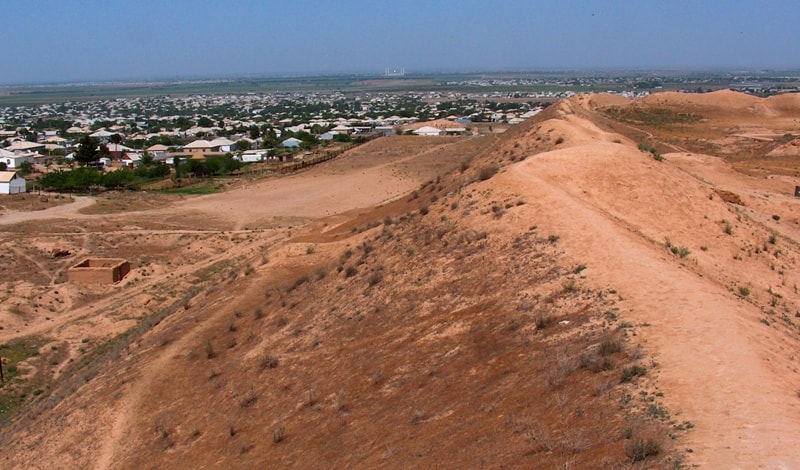
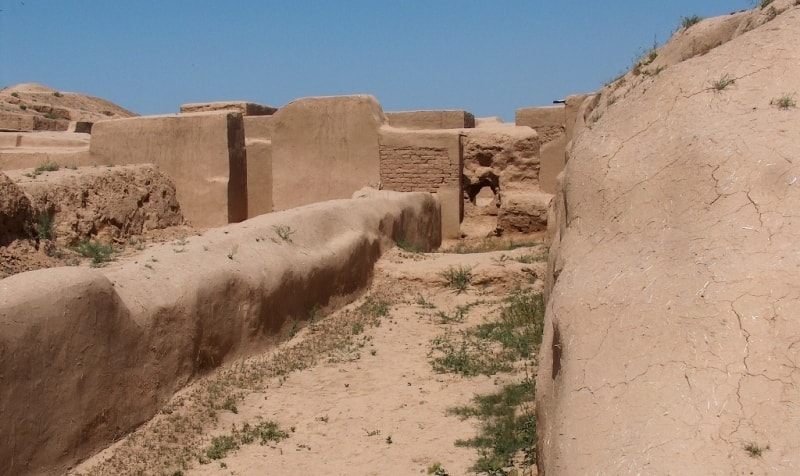
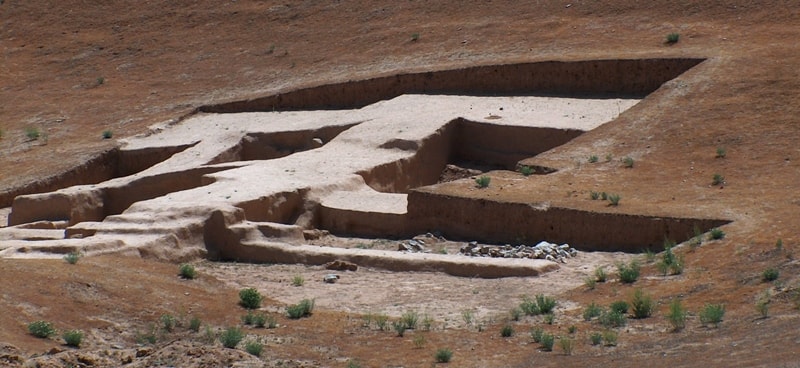
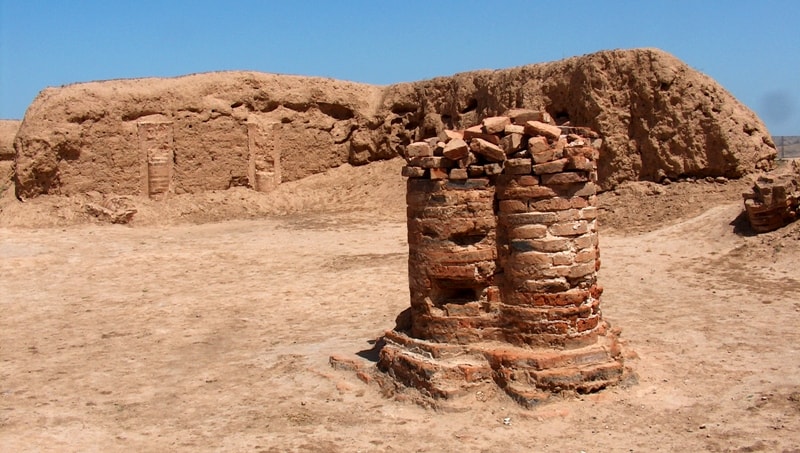
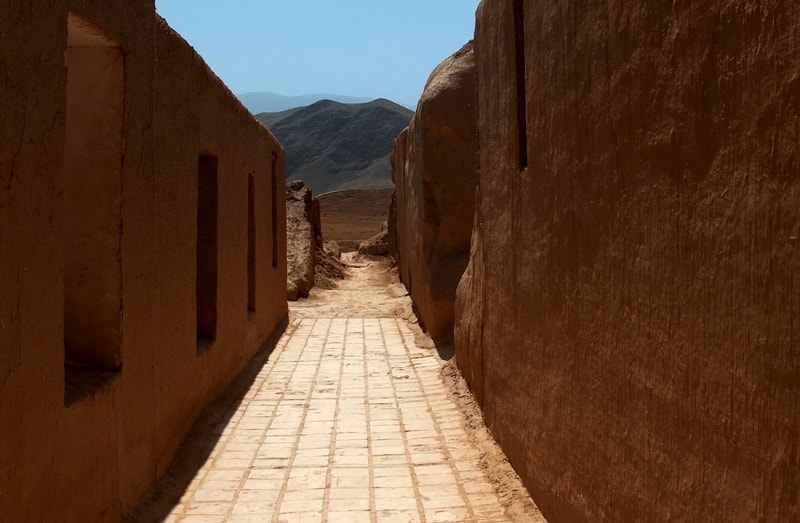
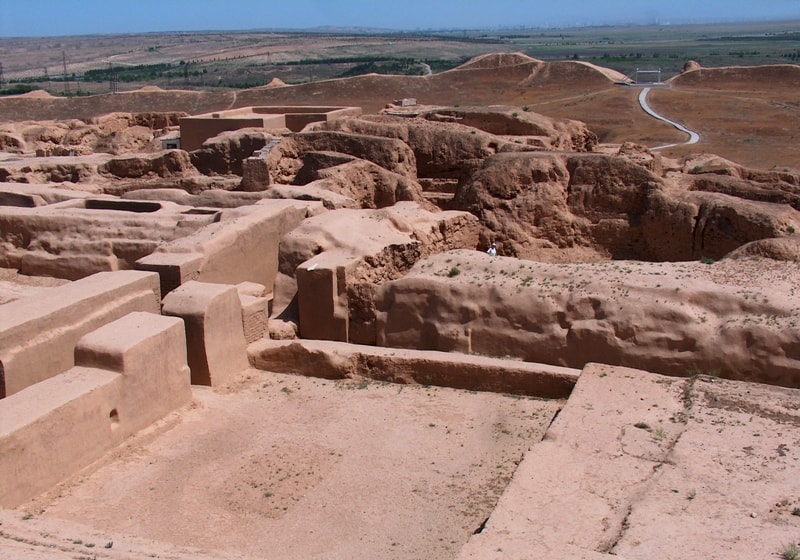

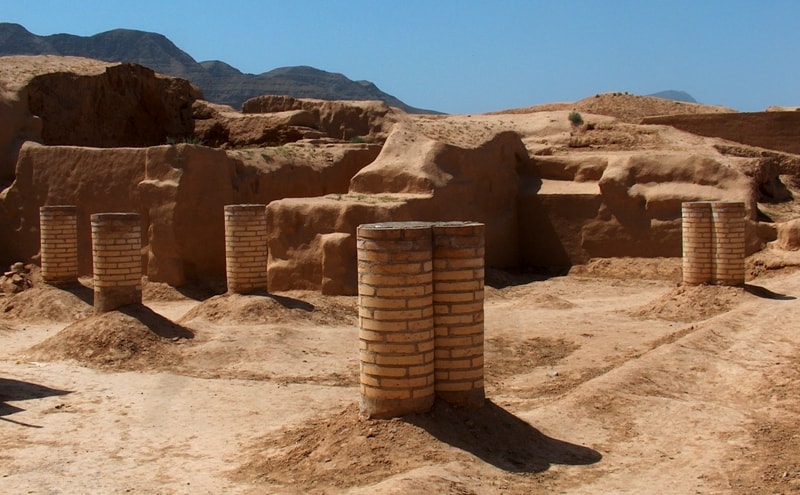
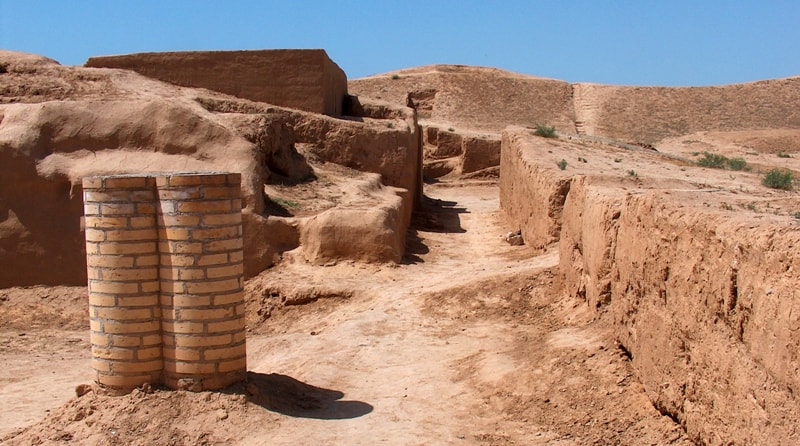
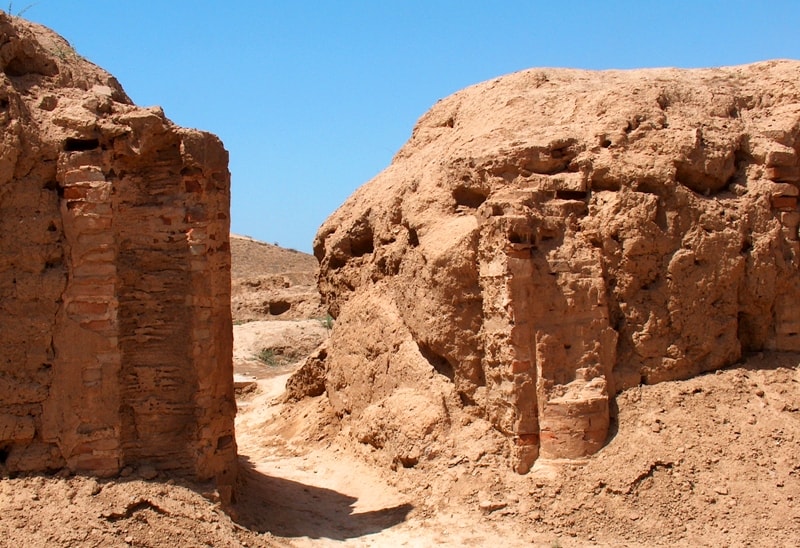
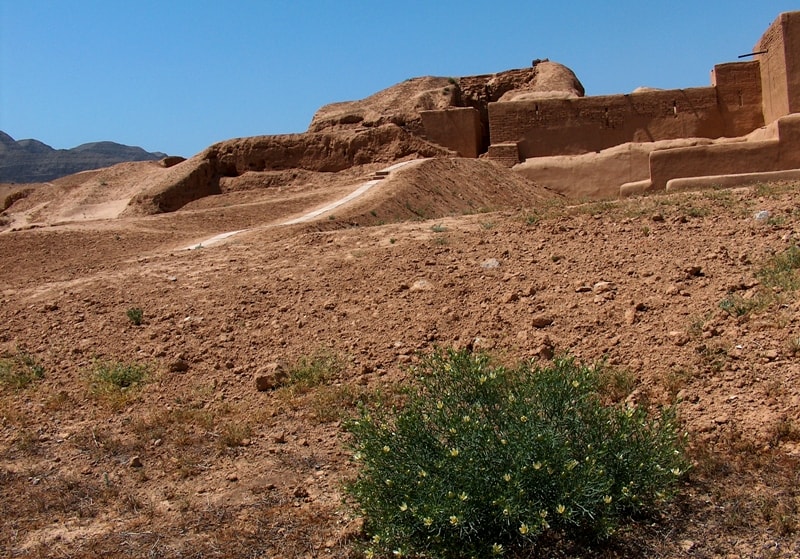

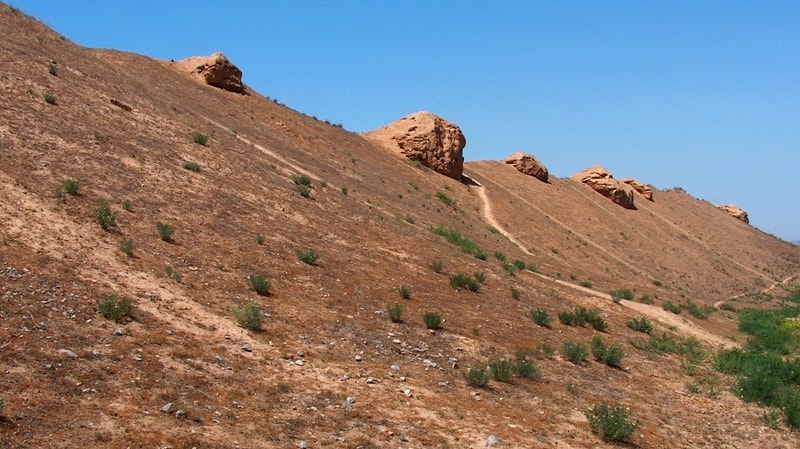
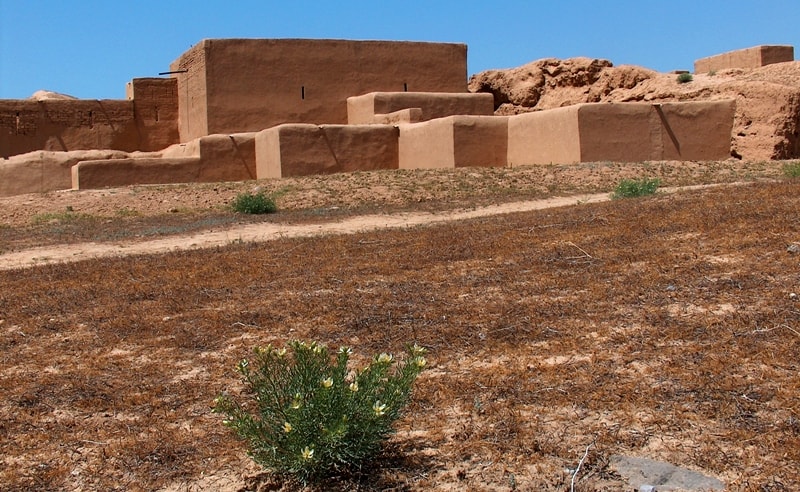
Authority:
On materials of information department of the State committee of Turkmenistan on tourism and sport. "Religious and spiritual monuments to Central Asia". Author M. Hashimov. Saga publishing house, 2001







